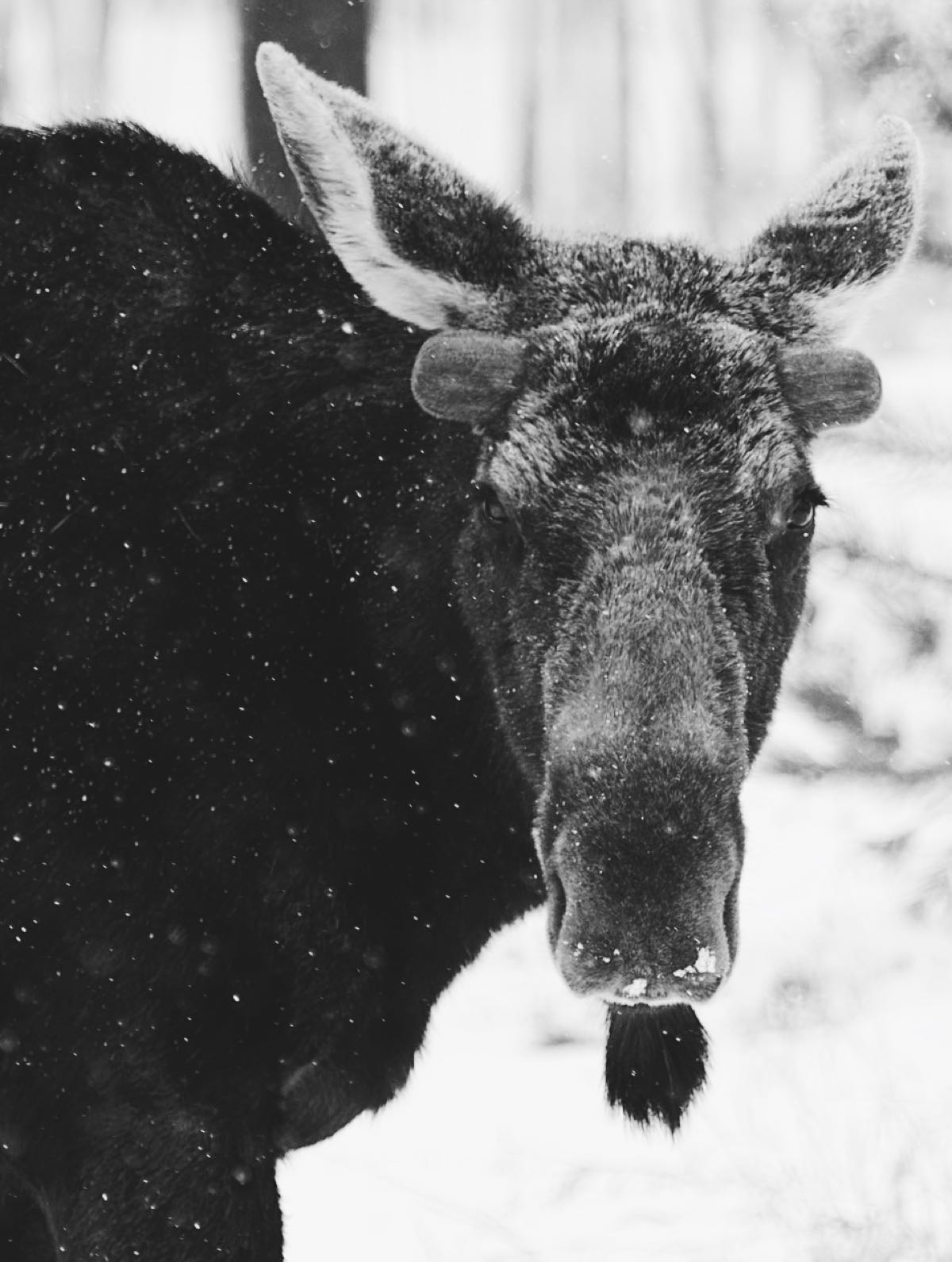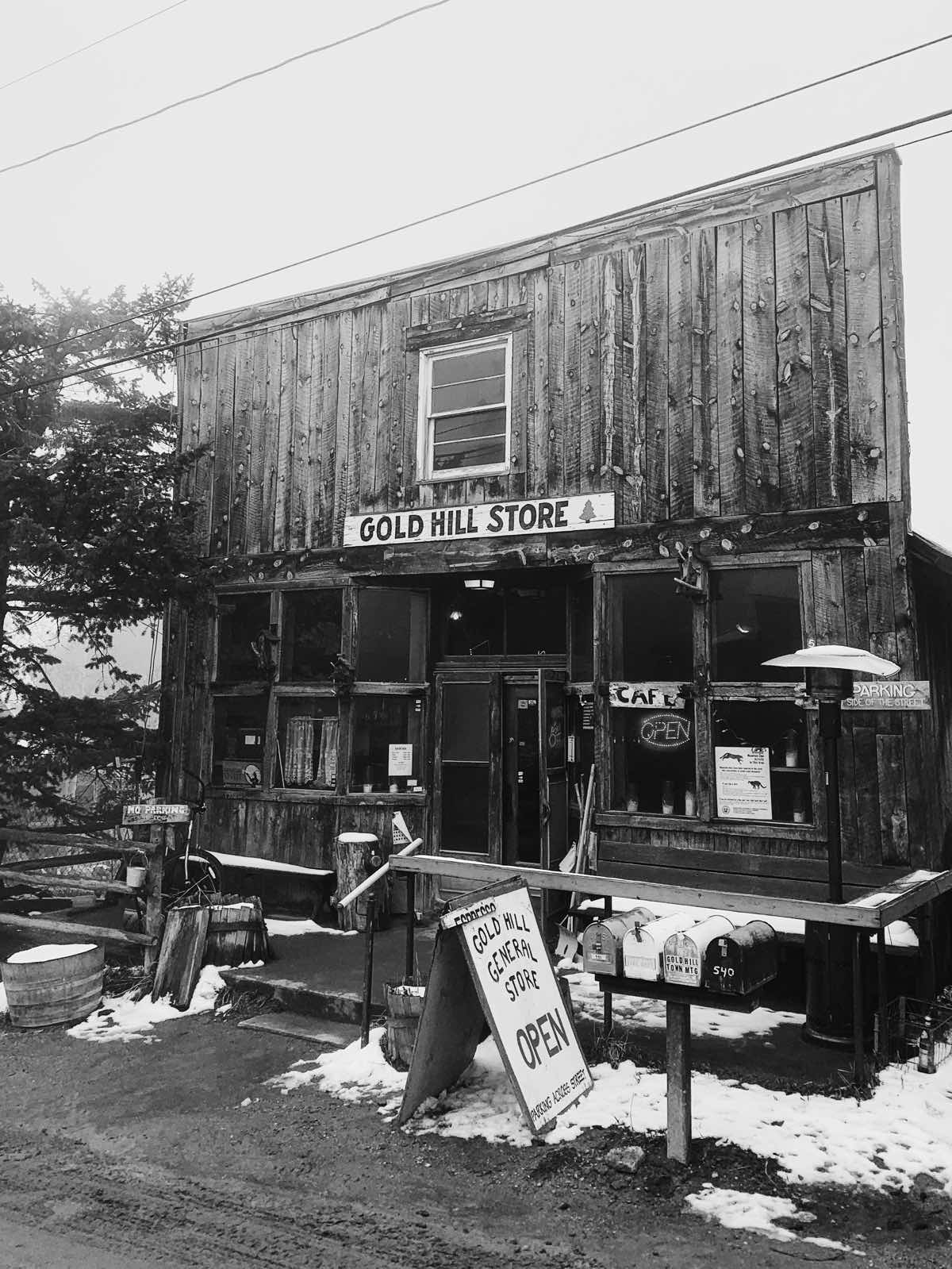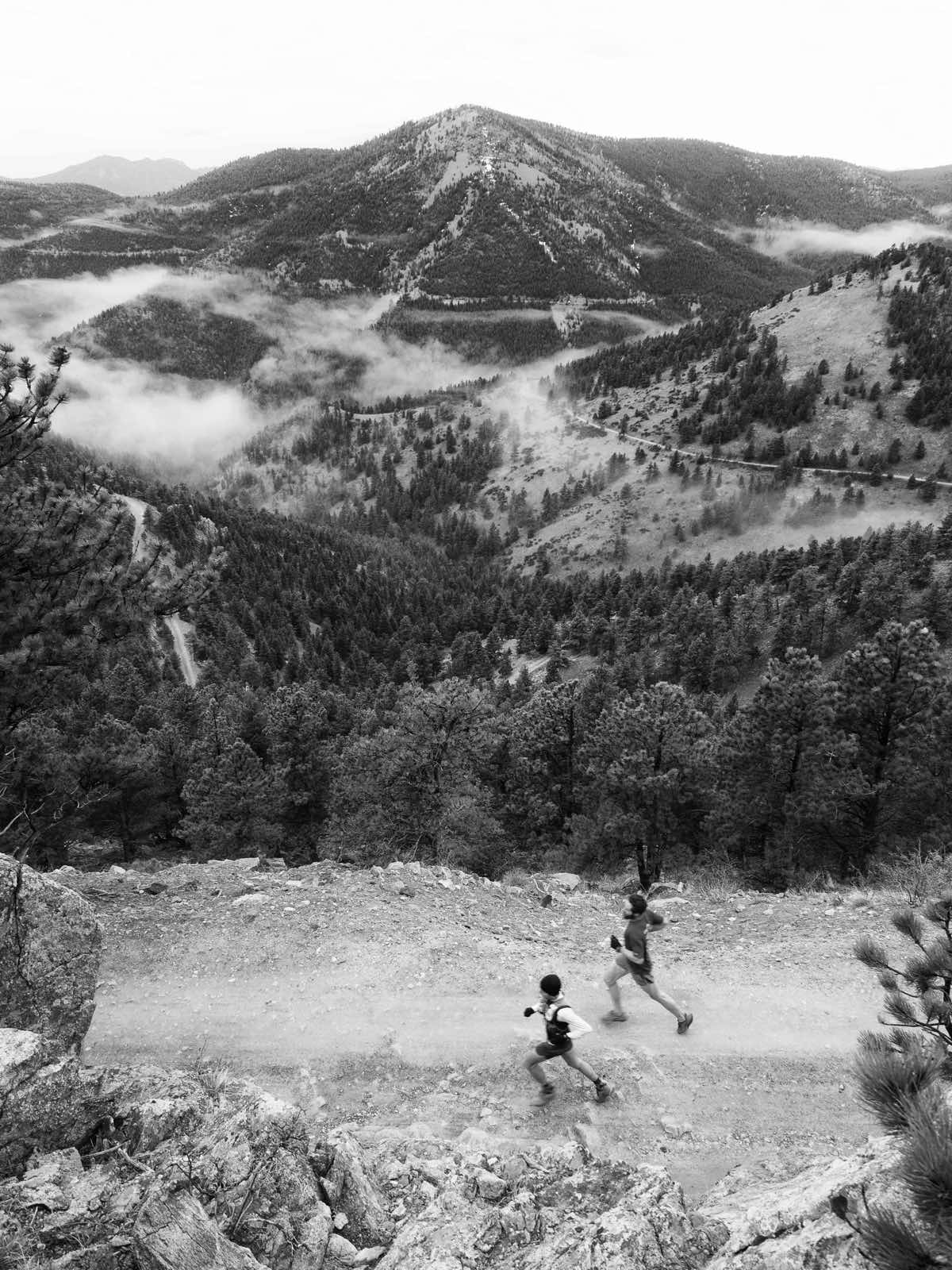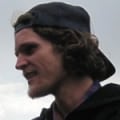It’s a little before 7 a.m. on a chilly spring morning. I jog down Main Street to the Gold Hill Inn. The whole town is enveloped in a thick fog, reducing visibility to a dozen feet ahead of me. I enjoy these socked-in days that narrow my attention to a succinct reality. Lost in thought, I nearly miss the pair of moose peacefully growing bones and munching on aspen buds in my neighbor’s yard. Despite their imposing stature, they appear phantomatic in the mist, creatures from another world. Thankfully, they’re regulars in town, and are unperturbed by my presence.
On a quiet morning like this, it’s hard to imagine that Gold Hill, Colorado was once a bustling settlement with a population of over 1,500 people. During the Colorado Gold Rush in the mid-1800s, miners discovered the precious metal in the area and established one of the first gold mines in the state. They built a narrow-gauge railroad line to connect Boulder with the surrounding mountain towns. The trains snaked their way up the canyons to various mining communities such as Sunset, Sugarloaf, Gold Hill, Ward, and Eldora. The railroad line however was not solely used for mining. It was also a popular tourist attraction for visitors to experience the arresting beauty of the Front Range and became known as the Switzerland Trail.
The tracks were eventually removed following a decline in mining and challenges presented by the harsh Colorado winters. The railroad bed has remained to this day and has now evolved into a prominent multi-use trail in the foothills of the Rocky Mountains.
A few years back, I helped organize a marathon along the Switzerland Trail that started and finished at the Gold Hill Inn. The race was created as a fundraiser for the local fire department. The first edition was a great success–a wonderful community gathering with a strong turnout of local runners. Unfortunately, the race was cancelled the following year due to an unexpected weather event that saw the course buried in three feet of heavy spring snow–a reminder that we always remain at the mercy of the ebbs and flows of the land.
For a variety of reasons that I won’t dive into here, the initial momentum for the event was lost. That is until recently, when a group of local area residents decided to revive it.
I was tasked with mapping duties for the revamped event, being the one who had initially designed the race course. I wanted to tack on a section on the northern side of the Switzerland Trail to see if I could round out the loop to an even 50k.
I jog past the moose in my neighbor’s yard, in the thick morning fog, and wait patiently in front of the Inn while my GPS running watch connects to the satellite.
The first mile out of town runs west directly uphill on Gold Hill road. The initial grunt soon yields to an exquisite stretch of near-continuous downhill running that wraps along the northern portion of the Switzerland Trail, before plunging down to the town of Sunset. The shallow railroad grade makes every step feel effortless, akin to running with a strong tailwind. I jump over icy puddles that resemble crème brulée, trying not to break through the sugar and keep my feet dry. The surrounding mountains surface intermittently from the veil of grey, like camels wading through a sea of fog.
I’m reminded of a famous quote by Chief Niwot: “People seeing the beauty of this valley will want to stay, and their staying will be the undoing of the beauty.”
The scarred hillsides from the region’s mining legacy have without a doubt tarnished its beauty. Yet, as I climb back up to town immersed in this ethereal atmosphere, my focus now sharpened by the effort, I know that there is still much beauty to be found.
While we cannot change the past, we can learn from our mistakes and affect how we move forward. Treading lightly, running these trails in a joint community effort to give back, restore, and preserve this majestic place is one way to revitalize all the beauty that once was.
Call for Comments (from Meghan)
- In your home open spaces, what are the challenges they face in terms of things that tarnish their beauty, to use Joe’s language?
- And what is being done by your local community to preserve or restore your home wildlands?



